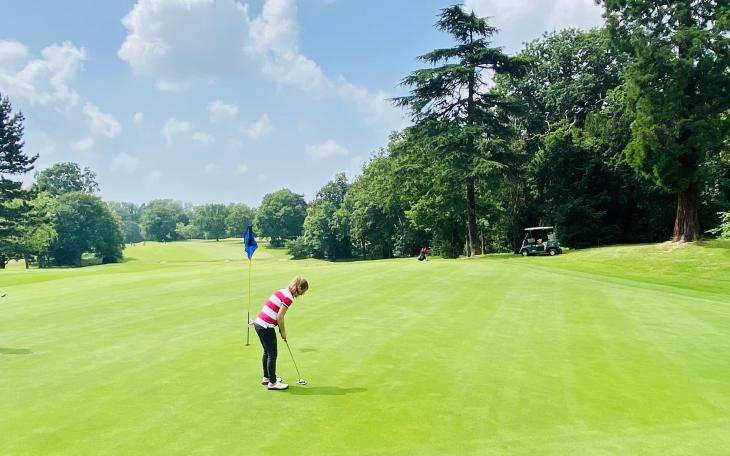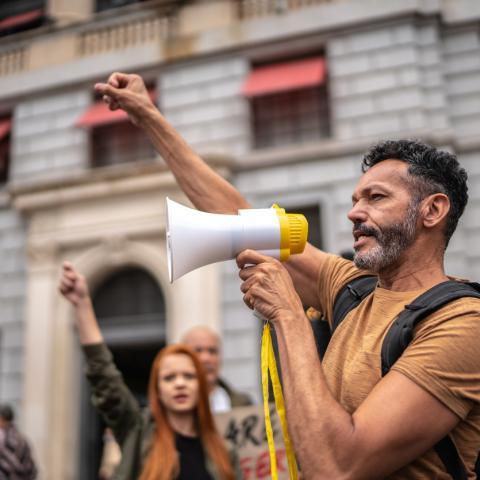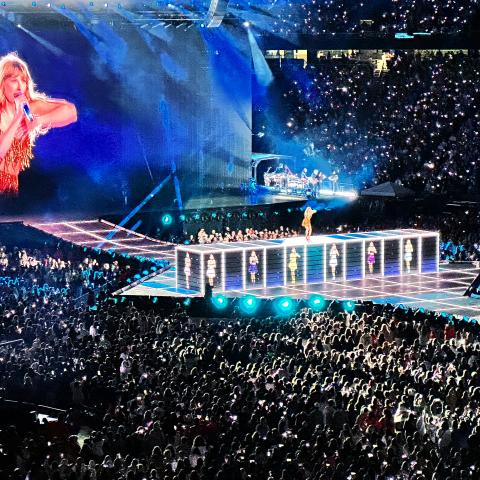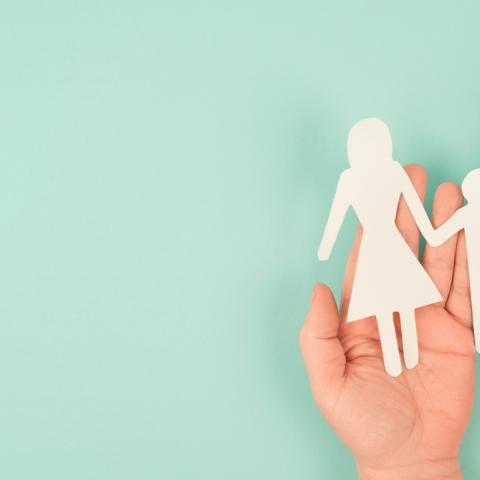Covid-19 the catalyst for women’s golf

By Sara Neidle
Golf is finally back, with the start of the British Open at Royal St George’s today. Since the pandemic, we have seen a surge in participation and interest for the game. A staggering 2.3 million extra golfers visited a course in Great Britain and Ireland last year, with the average age of golfers decreasing by five years.
This is fantastic news for the game, especially for women’s golf which in the UK is still very much underrepresented. According to England Golf, only 15 per cent of club members are female lagging behind many European Countries. It is unsurprising given that it has always been very male dominated and exclusive.
I started playing golf when I was 9 years old, and quickly became addicted to the game where I lived, breathed, and dreamt everything about golf. It all started when my dad saw an advert in the newspaper asking for young children to join as cadets at Finchley Golf Club. As soon as I picked up a golf club, it became clear to me that all I wanted to do was play golf. I received my first handicap (28) at 10 years and worked my way down to an 8 handicap when I was 17 years old. I stopped playing regularly when I started university and thereafter, which I slightly regret, but maybe if I had a better network of women golfers, things may have been different. I should also add that when I joined as a junior member back in the 1990s, I was the youngest female member by miles.
Golf has always been a game that has an element of exclusivity, and it is not uncommon for women to feel isolated or unwelcome in golf clubs. From my experience, one of the biggest hurdles was participation in golf. Typically, you had a designated women’s day of golf when you could play competitions, and you had set times when you could play. Not only that it was all about etiquette - what you wore, how you behaved – it was not about your ability in golf, and providing that much needed support and encouragement.
There is an important lesson here; that is to provide players a pathway which means that women and girls can get introduced, taught, and supported through their golfing journey. We are starting to see how golf clubs are providing a more inclusive culture within golf for women and girls to develop across all levels of the sport. It is about making golf become a much more engaging and an accessible sport. This is starting to happen already.
Covid-19 has been the catalyst for change in women’s golf. It has been reported that 25 per cent of female golfers were new to the sport and tried it for the first time because of the pandemic. I have read about numerous golf clubs across the country which have launched campaigns and events to encourage more women and girls to play including my former golf course, Finchley Golf Club.
I recently attended a Women’s Corporate Golf Day at Finchley Golf Club which aim was to bring together women from beginners to experienced golfers in the world of business, as well as an opportunity to network with like-minded businesswomen.
With working from home, and increased flexibility it has enabled more women to get out on the golf course and try something new. We have an opportunity to change the perception of golf. To attract new women members (whether young, working mums etc.), and provide that much needed flexibility and ease when playing golf, with no constraints around what you wear, how you play and what is expected of you. We need to break down these barriers and provide that much needed support and encouragement for all women golfers. Here is to golf clubs thriving and offering a new dynamic, community and inclusive to everyone.









